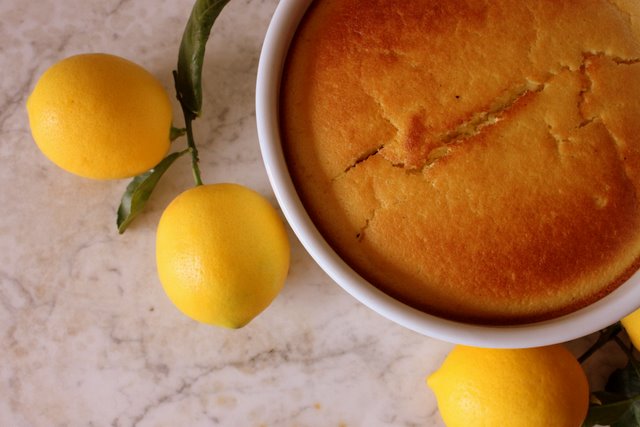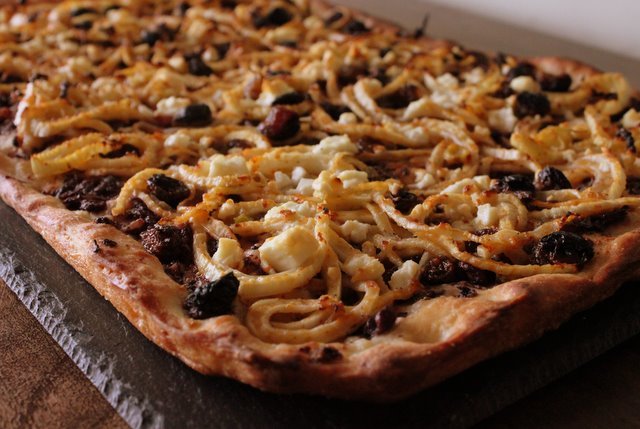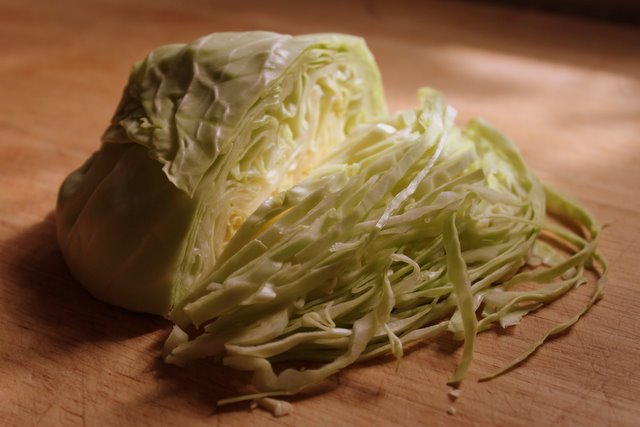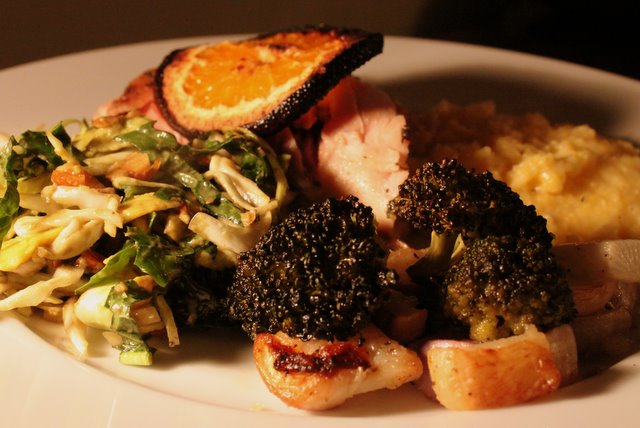lemon cardamom soufflé
Before I launch into my usual ramblings, I want to take some time to thank everyone who responded on my blog or via email to my Op-Ed in the Los Angeles Times last week. As a writer (a title I’m slowly working up the courage to claim for myself) I’ve always felt that no experience is wasted—moments of discomfort or hilarity or tenderness tend to crop up wherever you go. Your job is merely to record with honesty and a bit of panache, and the more I read good writing the more I realize that the things that are true to you are often true to human experience. I’ll admit I was a bit nervous about opening myself to the stigma that comes with moving back home, and the piece did provoke a number of spirited retorts on the comments page. But the generous and encouraging messages I received from people of both my generation and my parents’ left me grateful not only for the family I am privileged to live with, but for the comforting knowledge that like-minded friends are to be found around the world.
Everything I learned about throwing a good dinner party I learned from my parents. My sister and I would secretly gripe about my mother’s admonishments to “serve the guests a drink” or my father’s absolute refusal to have anything plastic on the table, but now that I’m older I see the merits of scooping hummus out of its container into a white china bowl. The washing-up into which I was conscripted at the end of the meal felt insurmountable at 10:30 p.m., but it wasn’t long before I equated the soapy water with the pleasure of culinary success, the guests’ laughter echoing from the dining room as my mother and I did the dishes while assembling the dessert.
Making the final course was my first foray into the cooking side of our dinner parties, and I was determined to make my mark. No surprise then that I hadn’t yet learned the foremost truth of dinner party desserts: the simplest are the most impressive. Woefully under the impression that fussy is fabulous, I held up our annual New Year’s feast trying to dislodge miniature chocolate lava cakes from individual rubber molds, bursting into tears when one after the other broke into a pool of gooey chocolate on the cutting board. I took the lesson to heart, and now my dessert repertoire includes a five-ingredient fruit crumble, a delicious no-custard ice cream, and this beautiful recipe for lemon soufflé.
Lemon Cardamom Soufflé
Lemon desserts are very popular with my family, and this soufflé has it all: a fluffy light meringue that tops a velvety lemon curd (feel free to adjust the amount of lemon zest and juice for your preferred level of citrusy zing). The bottom will be quite liquidy when just cooked, but never fear–it will thicken up as the soufflé cools.
2/3 cup flour
1/2 cup sugar
zest of 3 lemons
1/3 cup cold water
2 cups milk
4 eggs
2 Tbsp. melted butter
juice of 3 lemons
1 vanilla bean
1/2 tsp. cardamom, freshly ground
Preheat the oven to 325 degrees. In a large mixing bowl, combine the flour, sugar and lemon zest. Stir in the water and milk. Separate the eggs and beat the yolks until thick, then add to the flour mixture with the melted butter and lemon juice. Slice open the vanilla bean and scrape into the batter, then add freshly ground cardamom.
Beat the whites until they are just firm enough to hold a peak, then fold gently into soufflé batter until combined. Pour batter into a large ceramic dish (circular or rectangular), then stand dish in a pan filled with an inch or so of hot water. Bake for about 45 minutes, or until top is puffed and golden and bottom is still custardy and gooey. Serve warm.
















